
The systematic excavation conducted by the Ephorate of Cyclades Antiquities under the direction of archaeologist Yannos Kouragios lasted six weeks this year, from 20 May to 28 June 2024, and focused on both the Mantra site on Despotiko Island and the Tsimindiri Island. The excavation was carried out in collaboration with the archaeologists Alexandra Alexandridou (Associate Professor of Archaeology, University of Ioannina), Ilia Daifa (Dr. Archaeologist), Erica Angliker (Dr., Research Associate -British School at Athens), and with the participation of Caspar Meyer (Dr., Bard Graduate Center), Luigi Lafasciano (Dr., University of Salerno), Katerina Karakasi (Dr. Archaeologist), Doug Forsyth (Dr., University of St Andrews), the postgraduate students of the University of Ioannina Louisa Panopoulou, Cleo Papathanasiou, Eftychia-Maria Choumadaki and a large number of student volunteers from universities in Europe, America, Brazil and Greece.

Despotiko
The work focused on the buildings outside the archaic temple in the area between it and the coast.
Tsimindiri
The small islet of Tsimindiri is located between the bay of Agios Georgios of Antiparos and the Mantra of Despotiko, to which it was connected through a narrow strip of land, an isthmus. Its name is a paraphrase of the word cemetery, since Early Cycladic tombs were excavated on the southern coast of the island, unfortunately lost. During this year’s excavation period, due to the installation of a floating platform – which was donated to the excavation by the Antiparos Preservation Society – it was possible to explore the buildings at Tsimindiri more systematically for a month. It was found that most of the buildings that had been investigated in previous years and had been considered independent structures in fact formed two large building complexes, the AT and the BT, arranged along the south side of the islet towards the leeward bay and with a direct view of the sanctuary at Despotiko. The dimensions of the complex, its architectural form, its spatial relationship with the leeward bay and the type of finds – mainly the commercial amphorae and pithoi – suggest port facilities that, among other things, served to store goods.
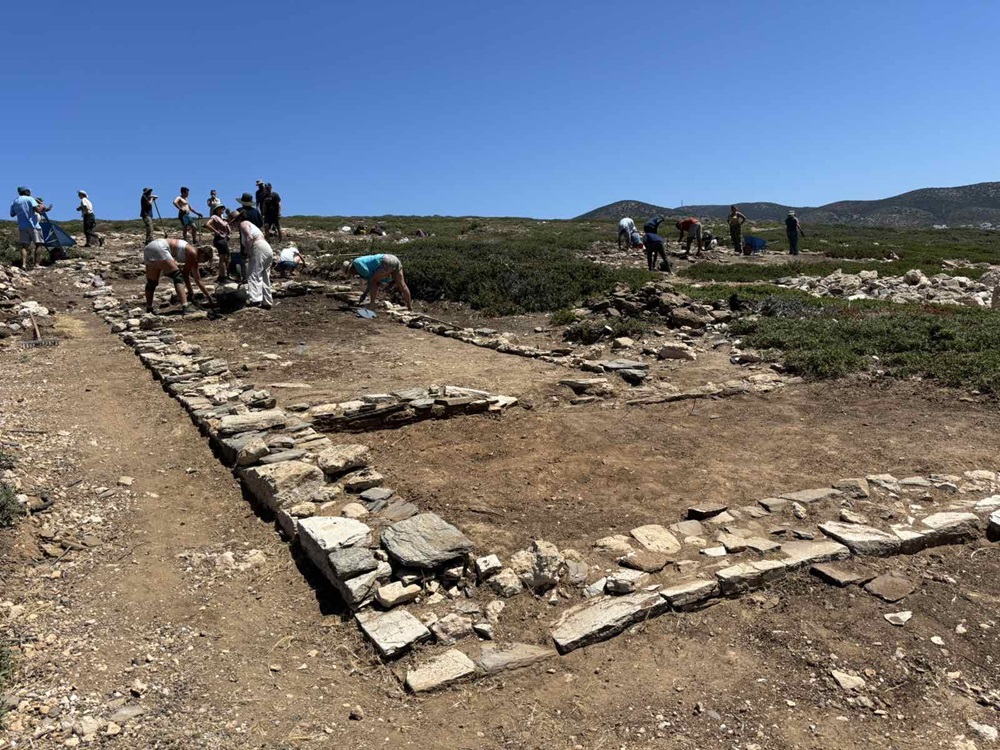
Early Cycladic burial: This year’s excavation period held a great surprise during the investigation of Complex BT, as during the exploration of the interior of Area 5 at the NW end of the Complex, a trapezoidal, box-shaped structure of vertically placed stone slabs was found. Based on the grave goods, the burial can be safely dated to the Early Cycladic I period – late 4th millennium BC. This tomb should belong to the same cemetery as those excavated in 2003 by Yannos Kouragios.
The interest of the find lies in the fact that the burial had been incorporated into the specific area of the complex which must have been founded at the latest sometime in the 6th century BC and was used as a storage area without the users of the complex knowing that it was a tomb. In addition to the above, the plan of another circular structure 17m in diameter was uncovered (now three are visible on the island and one on the Despotiko). Its poor state of preservation does not currently allow conclusions to be drawn about its use.
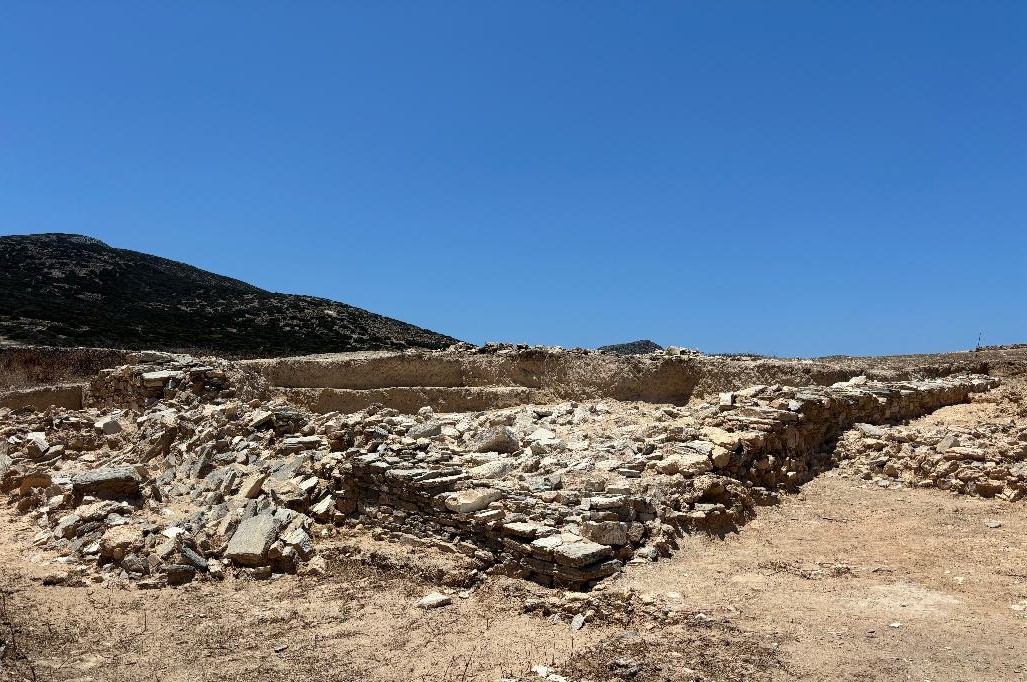
Restoration
The restoration of the tetrastyle pre-style Building D, the second most important building of the temple, continued this year. After the completion of the foundation and the gneiss pillar, the threshold and the pilasters were installed, the bases and parts of the spandrels made of ancient and new material were restored, as well as the facade of the building made of marble beams. Finally, the north-west corner of the foundation was restored so that the masonry wall of marble beams worked with a thick needle was installed. The restoration work, lasting 3 weeks, was carried out by the skilled marble craftsmen V. Hatzis. M. Armaos, C. Skaris, G. Palamaris, L. Ioannou, G.Kontonikolaou under the supervision of architect Woulielmos Orestidis.
Maintenance
In addition, masonry maintenance and mortar fixing works were carried out by the conservator George Karampalis and Eva Tsavou, in Buildings Z and Y in Despotiko, as well as in the areas of Complex Bt in Tsimindiri.

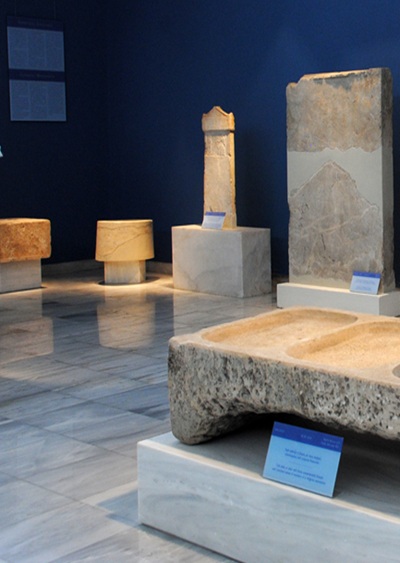
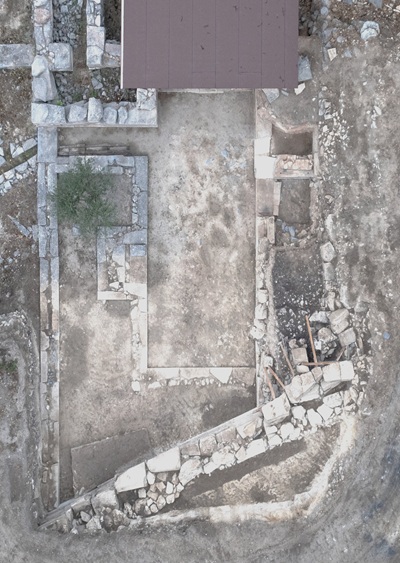
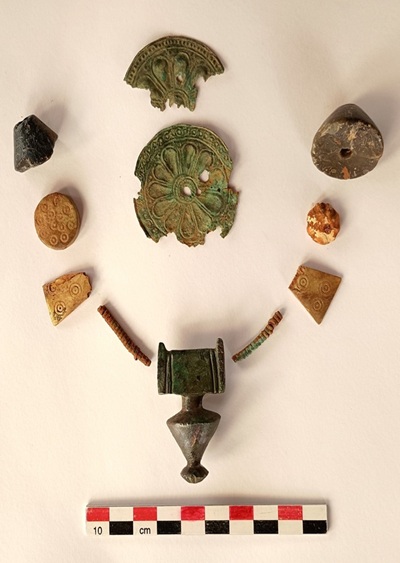
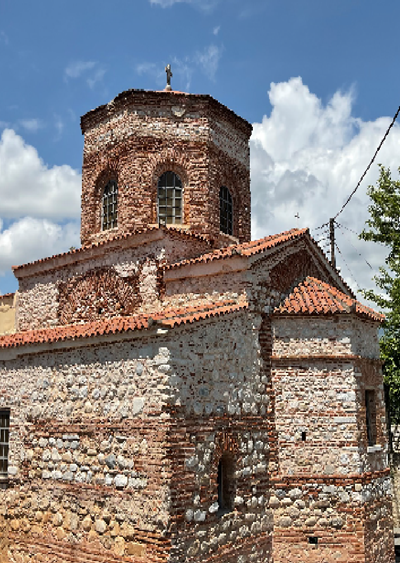


Leave A Comment